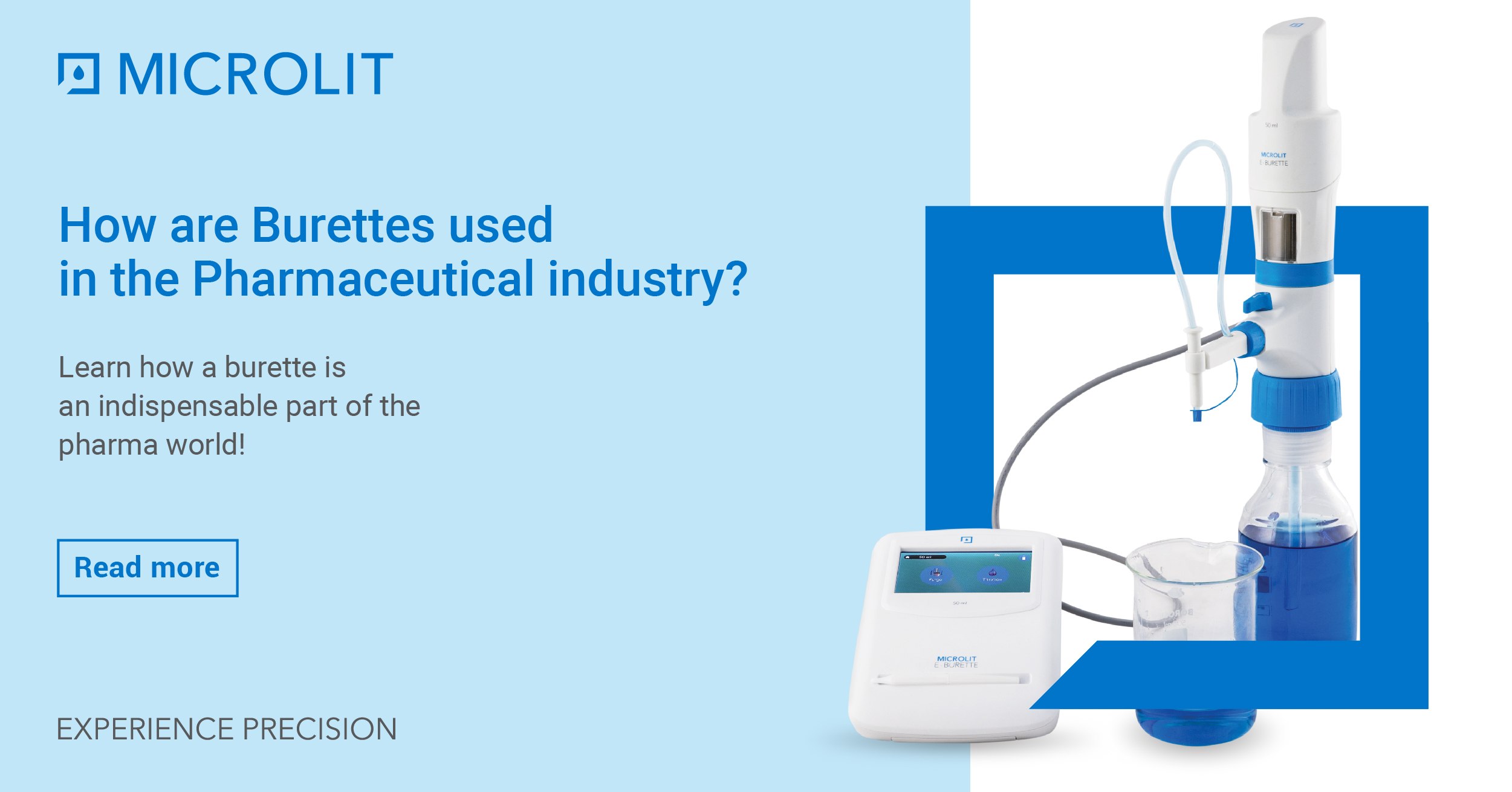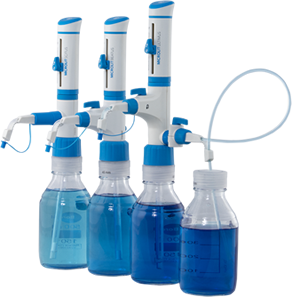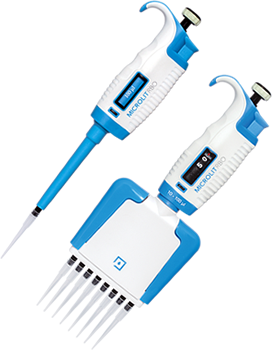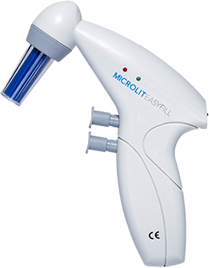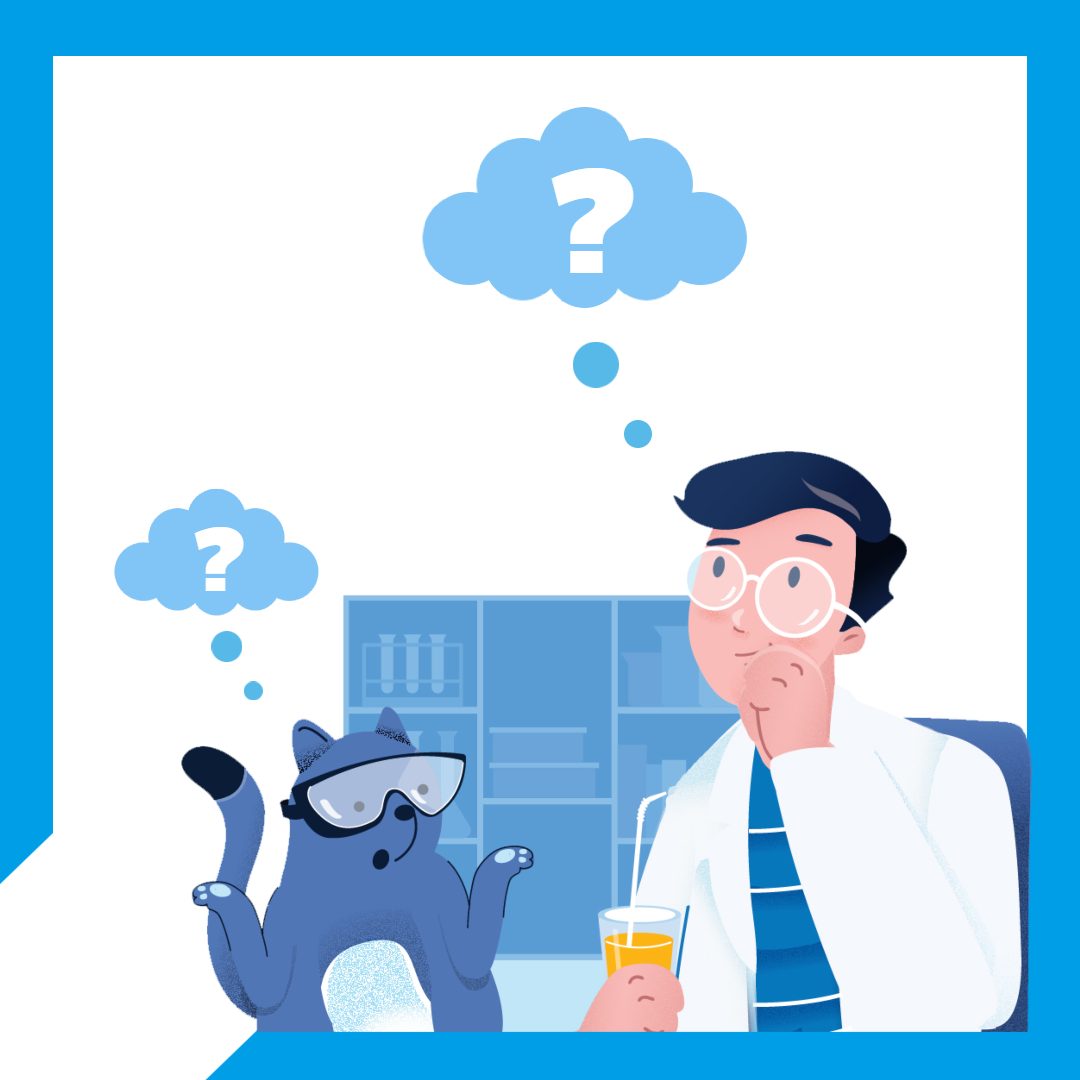A burette is a volumetric measuring glassware in the form of a long tube having a stopcock valve at one end. The valve is used to control the flow of the liquid. It is a graduated tube having volume markings that helps in determining the volume of dispensed liquid while performing various analytical chemical tests.
Burettes are typically classified as manual and digital burettes, that differ in the type of application, ease-of-use and resolution. Usually, researchers tend to use a digital burette over a manual one as it can achieve higher accuracy because of lesser reliability on the skills of an operator.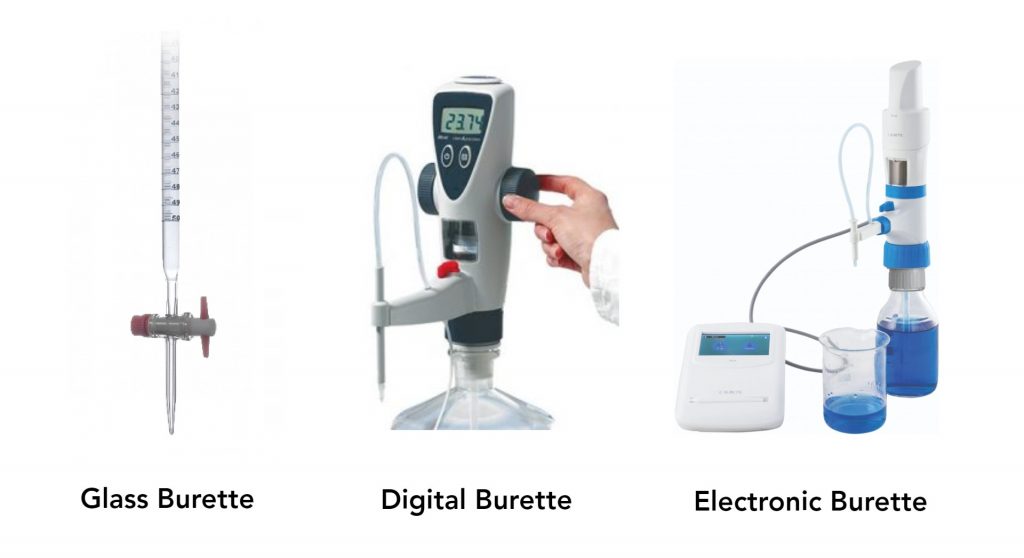
Burettes are used to perform titration, which is a common laboratory procedure to quantify chemicals and determine the unknown concentrations of a reactant. As titration is used to calculate liquid volumes, it is also referred to as volumetric analysis.
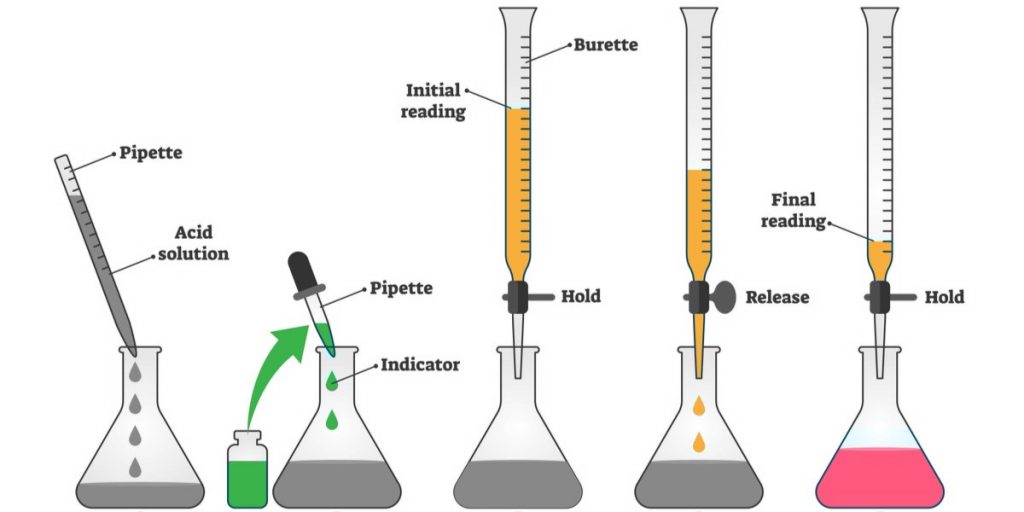
In the process of titration, a reagent, known as the titrant, with a predetermined concentration and volume is used to react with a solution with an unknown concentration. A calibrated burette is used to gradually add the titrant, which then helps to determine the concentration of the solution by reaching an endpoint as determined by a chemical indicator.
Application of Burettes in Pharmaceutical Industry
In the pharmaceutical manufacturing process, it’s important to analyze the composition and concentration of chemicals at every stage, such as formulation, testing and manufacturing. In order to perform a detailed characterization of pharmaceutical products, various lab tests are required.
Among the several analytical tests needed to characterize a new drug formulation, titration is considered to be one of the most essential assays. Titration is used to quantify both active pharmaceutical ingredients (APIs) and excipients including edible oils, surfactants and chelating agents. The process is also used to assay the content uniformity of tablets.
Particularly, potentiometric titration is a powerful technique employed across various facets of pharmaceutical manufacturing. The scope of automation at each step of titration enables the manufacturer to modify the assay for different dosage forms and analytes. Automated titration also provides more consistency and objectivity at every stage of the process, from sample preparation to endpoint determination.
Assay of Active Pharmaceutical Ingredients (APIs)
For characterizing a new drug formulation, test results of titration and other analytical processes are important driving factors for critical decisions. It’s important to receive timely and accurate results, in order to develop and manufacture effective formulations. Manufacturers need to ensure that every tablet, tube and vial of product in a particular batch has the optimum active substance content. Burettes are used at every stage of API formulation, and currently United States Pharmacopeia and the National Formulary (USP-NF) recommends potentiometric titration to assay about 630 APIs in both aqueous and non-aqueous media.
Assay of Excipients
Excipients are generally the largest fraction of drugs as they are often used as bulking agents or fillers for formulations having low concentrations of the API. They are also used for maintaining long-term stabilization, as well as enhancement of the API. Characterization of excipients includes potentiometric titration of raw materials using burettes and impurity testing. Currently, USP- NF recommends potentiometric titration assay for around 110 excipients, such as edible oils, lubricants, minerals, surfactants and chelating agents.
Assay and Content Uniformity of Tablets
One of the most popular dosage forms for drugs are tablets, and yet it’s extremely difficult to analyze them. Every tablet in a batch needs to have the same API content as mentioned on the packaging and, it must be within certain predefined limits. To achieve this efficiently, potentiometric titration plays a key role. The level of automation in current potentiometric titration systems offer a high level of accuracy, as well as reproducibility of outcomes. The automated titrimetric determination of tablet composition can be completed in less than ten minutes, which makes the potentiometric titration method a highly cost-effective option for such analyses.
Overview of Microlit E-Burette
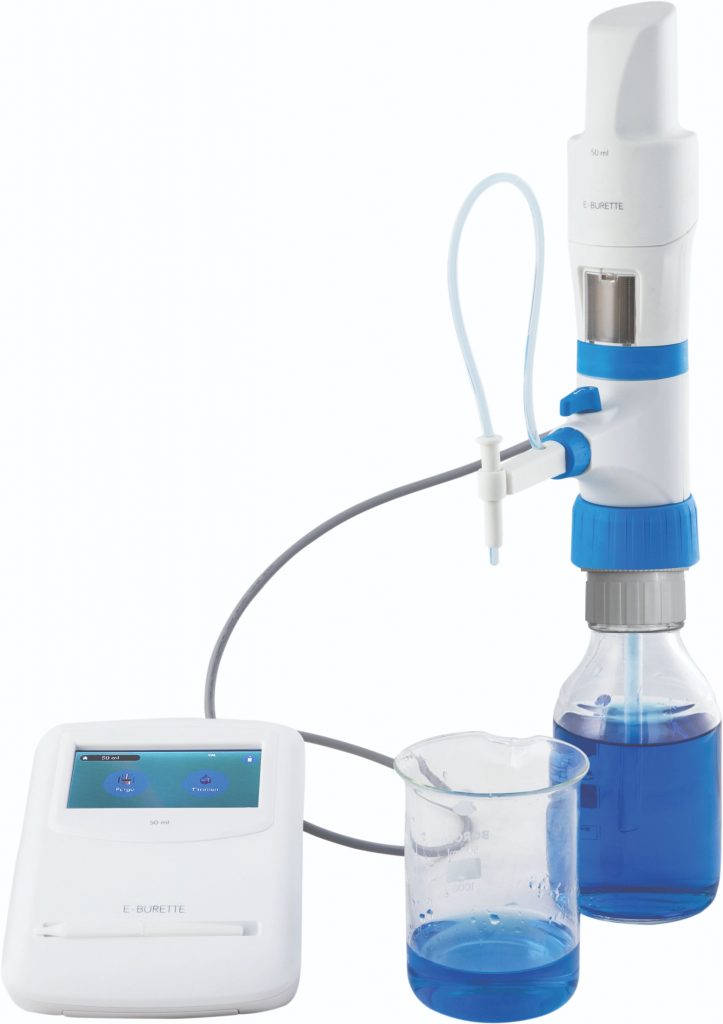 Microlit E-Burette is a powerful motor-operated burette solution. It is a digital burette or electronic titrator, created by our in-house team of expert design engineers. The product features cutting-edge elements, such as a touch screen-enabled control panel, motor-controlled piston movement, and 3 preset calibrated speeds, making it a liquid handling and titration powerhouse. Our design is highly ergonomic and intuitive-to-operate and is widely used across industries, including various titration procedures such as purity analysis, content analysis, precipitation titrations and pH-stat titration in the pharmaceutical industry.
Microlit E-Burette is a powerful motor-operated burette solution. It is a digital burette or electronic titrator, created by our in-house team of expert design engineers. The product features cutting-edge elements, such as a touch screen-enabled control panel, motor-controlled piston movement, and 3 preset calibrated speeds, making it a liquid handling and titration powerhouse. Our design is highly ergonomic and intuitive-to-operate and is widely used across industries, including various titration procedures such as purity analysis, content analysis, precipitation titrations and pH-stat titration in the pharmaceutical industry.
Our E-burette solution comes with a user-friendly and robust Control Panel, which can be used to perform various functions, such as automatic re-fill (without changing the reading), performing a zero reset and switching the instrument off. The instrument can be operated smoothly with a motor-controlled piston that enables accurate and easier titrations. In addition, the piston helps to eliminate errors arising from manual wheel-controlled piston movement. Further, it helps in improving the repeatability of test results, reducing wastage of time and raw materials that occur due to human error, thus increasing the throughput of an analytical lab.
For more information about Microlit E-Burette, visit: Microlit E-Burette.
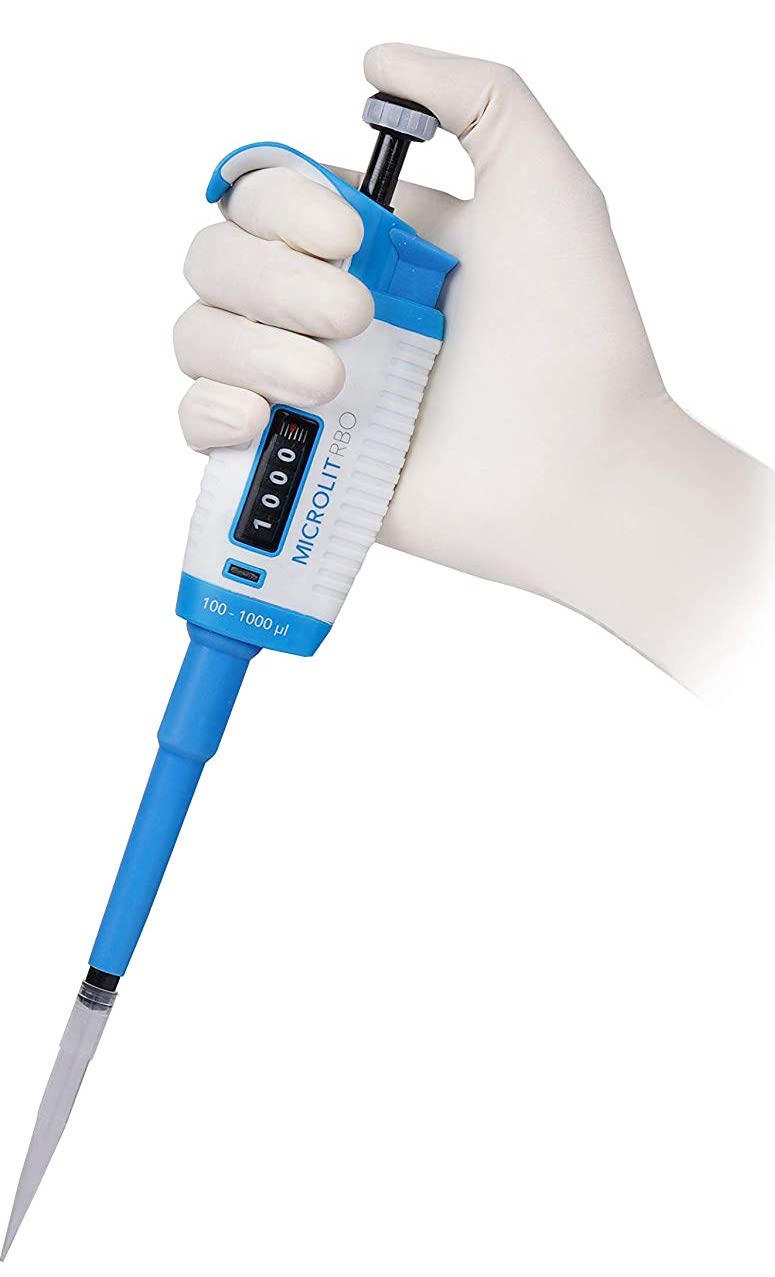





 11728
11728